
Photo by Rich Herrmann; ISO 800, 1/800-second exposure.
Right this minute there is a DSLR camera gathering dust on a shelf. It was purchased this last year because the photographer wanted to step up from a compact to get better pictures. There was no disappointment, the pictures that the photographer takes are better. Yet the camera is still stuck in a closet waiting for the next holiday or event.
It’s a shame, really, because the camera could be enjoyed so much more if the photographer could be freed from the ‘just another snapshot’ frame of reference. By adding just a little creative thought and spending just a little time the camera could do so much more than just keep records of birthday parties. Usually it just takes a spark and soon after the photographer becomes a whirlwind of creative experimentation.
That creative spark can come from a thousand different directions and we will touch on several in future articles. However today we are going to look at the Lensbaby line of creativity tools. For a growing number of photographers their first use of a Lensbaby lens isn’t so much like a spark to tender, it’s more like a blowtorch to a can of gasoline. The moment the photographer straps a Lensbaby to the front of their camera ‘regular’ photography flies out the window.
So just what is a Lensbaby? Lensbaby is actually an entire line of image modifying products based around three distinct lenses. The concept is that the three core lenses are able to bend, rotate or flex with the outcome that only selected portions of the scene will be in focus. The photographer has control over the point in the scene that is in focus and how large that area is.
The three core lenses, or more accurately lens bodies, are The Muse, The Composer and The Control Freak. All three lenses mount to a camera just like the standard kit lens does. There are major differences in camera handling once a Lensbaby is on the camera. First, say goodbye to autofocus, there isn’t any. Next full Program mode and all of those easy icon exposure modes go away too. A Lensbaby is at its most automatic in aperture priority (Av) mode and manual exposure is even better. Let’s look at the three lens bodies.
The Muse
The Muse is the simplest of the trio and looks like nothing more than a light-tight slinky. The Muse can be stretched or compressed for focus and the front element tilted in 360 degrees to select the point of focus. The more eccentric the tilt is to the front element the shallower the area of sharp focus. The Muse cannot be operated hands-free, the photographer always has to support and tweak the front element to gain focus and desired blur. The Muse is the least expensive of the Lensbaby line.
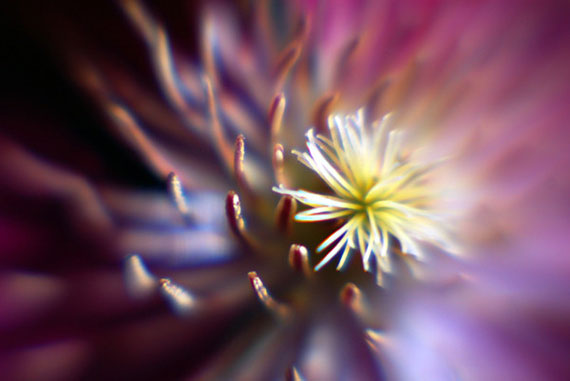
Photo by Russ Morris
The Composer
The next step up the ladder is The Composer. The Composer replaces the plastic slinky body of The Muse with a ball and socket arrangement. In addition there is a focusing ring for manual focus. The Composer will have the same effect on an image as The Muse, but since there is a focus ring and the ball and socket can lock down in position The Composer can be locked into place and used hands-free.
The Control Freak
The third Lensbaby is The Control Freak. The Control Freak returns to the flexible slinky look of The Muse but adds a locking ring and three threaded adjustment controls. As the name implies, The Control Freak is about precision and repeatable outcomes. The Control Freak is the most expensive Lensbaby in the core group. There are other lens bodies available from Lensbaby but these three mentioned are the primary components.
Several times I have referred to ‘lens bodies’ and that is a good description of the Lensbaby trio. This is because the photographer can change the optics in the lens bodies at any time. The basic lens kits all come with a sharp two element Double Glass lens, but there are a total of six optics available: Double Glass, Single Glass, Pinhole / Zone Plate, Soft Focus, Fisheye and Plastic. Each set of optics bring a different and distinct flavor to the table.
To change out optics it merely requires a 10 degree turn to the left of the optics group installed in the lens body and then an opposite turn to install the next optics package. The accessory lens group is packaged in a holder that has the required three-prong lens tool molded into the case.
I have used all of the Lensbaby versions and I decided to stick with The Composer, it allowed me to shoot on a tripod and use a shutter release. I also selected the Plastic Optic and the Pinhole / Zone Plate Optic sets. In addition Lensbaby offers a close-up lens filter set that I purchased and I’m glad that I did, the Lensbaby without the filter set only focuses down to about 2 feet.
The Plastic Optic immediately turned my 40D into a Holga-equivalent camera. Nice streaky blurs and distortions yet it can achieve sharper focus. I have found that I like the effect most when I use f/5.6 aperture. The Plastic Optic has a peculiar way of catching light and I have noticed differences in my images depending on which way the optic is mounted into the lens body.
The Pinhole / Zone Plate Optic is a blast! Imagine shooting at f/177 with the Pinhole in place, the entire world is in focus yet soft and dreamy too. Tilting the lens has little effect on the image. The Zone Plate on the other hand is about f/17 so tilts do change the area of focus. In addition the Zone Plate effect treats light like ripples in a pond; point light sources will show rings of alternating light and dark around the central illumination source.
Prices start at around $150 for The Muse, $250 on The Composer, and $350 for The Control Freak lens bodies with Double Glass optic. Accessory optics packages like the Plastic and Pinhole / Zone Plate optics can cost as little as $40.
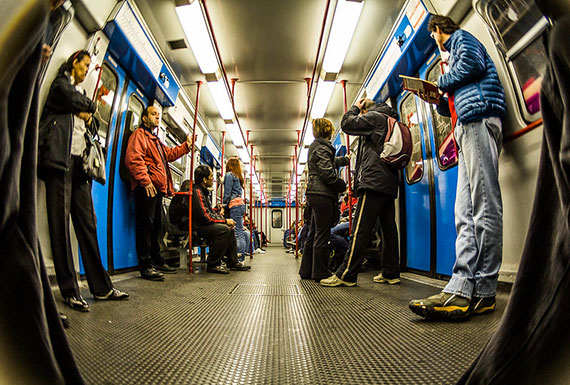
Photo by Luca Biada; ISO 640, 1/10-second exposure.
In all, the Lensbaby system of lenses and optics open a wide new world of creativity. Photographers who are stuck for a creative spark will find Lensbabies to be a breath of fresh air. After using the lens system for several years I have yet to tire of the effects that I can create with mine.
About the Author
Stu Eddins is blogger, instructor, merchandiser, and is generally in charge of a lot of things for Porter’s Digital Cameras and Imaging. Visit their site at www.porters.com. Years of experience over the counter and in classrooms have turned Stu into an evangelist for image preservation, capturing and sharing memories, and helping people understand digital cameras, digital camera lenses.
Like This Article?
Don't Miss The Next One!
Join over 100,000 photographers of all experience levels who receive our free photography tips and articles to stay current:

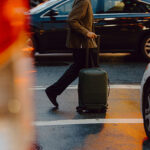


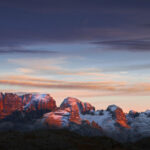
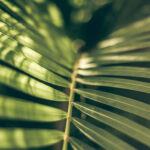
No pictures of the So-called “Lensbaby?” From a photographer? Next time save ink and post “Google Lensbaby.”
Love my Composer!